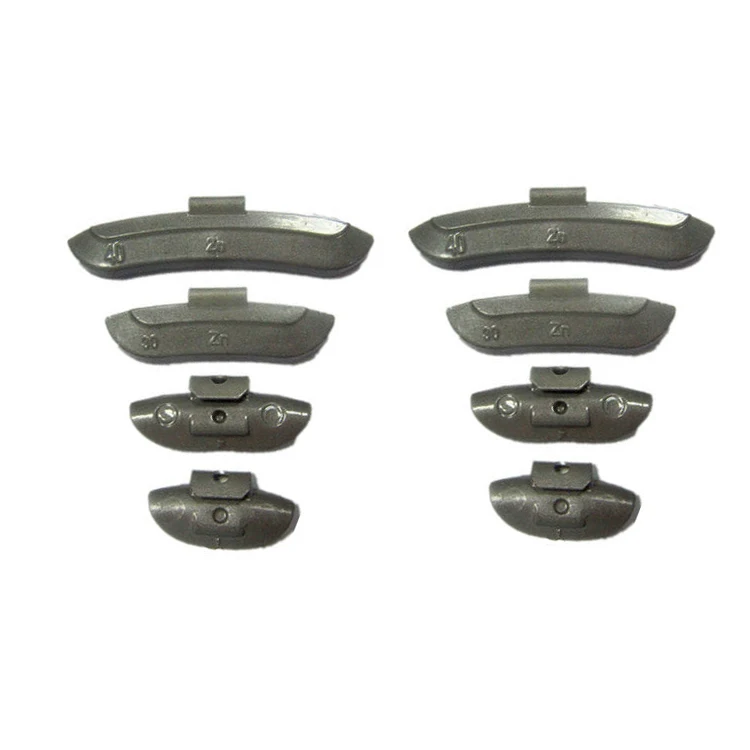October 01, 2020 12:00 AM
When adjusting the balance of a customer’s tires, wheel weights are used to correct any imbalances. The right wheel weight placed in the right spot helps ensure proper tire performance.
It’s all about physics.
By applying the weights to the wheel in a specific, precise location, that additional counterbalance weight causes the wheel’s mass to be distributed more evenly around the axis of rotation.
This ensures the wheel will rotate without vibration. Weight placement location and amount of counterbalance required is made easy with modern wheel-balancing equipment.
Two main types of wheel weights are used: clip-on wheel weights; and adhesive wheel weights. The “right” wheel weight depends on both technician preference and wheel application.
Both clip-on and adhesive wheel weights are available in a variety of different materials. Most common are coated steel (to avoid rust), lead, zinc and even types of plastic.
By nature, technicians often prefer more malleable materials for clip-on weights so they’re easier to install faster with less force. The variety of clip-on designs allow the technician to match them to the profile of the rim flange.
For adhesive weights, the material doesn’t matter as much as the quality of the adhesive tape that secures it to the rim.
Prices often vary based on materials used. Local and state environmental ordinances also may impact the choice of wheel weights used, particularly where lead is concerned.
Clip-on wheel weights, an industry standard, are fastest to use in the balancing process. The design concept hasn’t changed much since the 1930s when they first became popular. Knocking them into the right place on the wheel’s rim flange is a fast process compared with steps necessary to apply adhesive weights.
It’s important the profile of the clip-on weight used matches the profile of the rim flange. Failure to match the weight design to the rim properly can result in weights moving on the rim, coming off the wheel or scratching up the rim.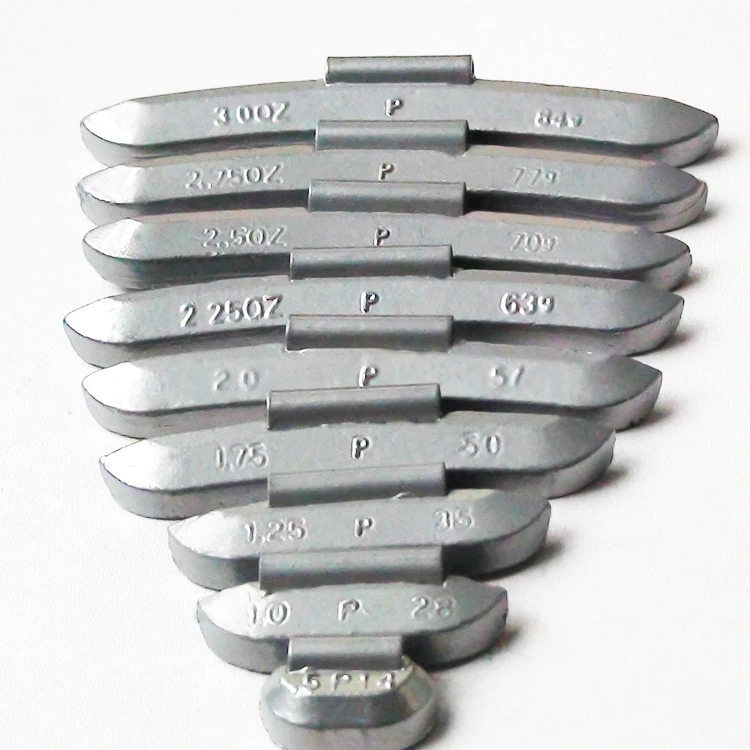
If the wheel does not have a flange, adhesive wheels weights -- also referred to as “stick-on” or “tape-on” weights –- are the best option. Adhesive wheel weights are a good choice for customers who want their wheels to have a certain aesthetics, as weights can be placed behind spokes or integrated into elements of the wheel design.
For adhesive weights, proper surface preparation takes more time, but helps to ensure quality balancing. Be sure the surface of the inside of the rim is clean. That includes properly removing any existing weights and remaining adhesive residue.
It’s also important to clean the wheel before applying new wheel weights. Once the wheel surface is clean and the proper amount of weight is determined, remove the backing of the wheel-weight strip and place the weight in the center of the imbalance point. Apply pressure to make sure contact with the rim is secure.
Finally, re-spin the assembly to ensure proper balance has been achieved.
Although clip-on wheel weights can outnumber adhesive wheel weights in tire stores, adhesive weights are growing in popularity and becoming a more important piece of a shop’s purchase goods.
Don Vanderheyden, director of marketing for Hennessy Industries Inc., manufacturer of Bada brand clip-style weights and adhesive wheel weights, estimates adhesive wheel weights make up about 40% of the aftermarket. Gregory Parker, national account sales manager and marketing director for North America at Wegmann automotive USA Inc., places the split at 35% adhesive weights and 65% clip-on weights. He acknowledges the use of adhesive weights versus the clip-on style in the aftermarket is increasing but cautions a rapid transition is not on the horizon.
“The market is always experiencing slow change,” Parker says. “For our segment of the industry the growth of adhesive weight usage is evident and is being driven by adhesive usage growth at the OEM level and the universal appeal of adhesive weight installation. But clip-on weights are not leaving the market anytime soon.”
The introduction of adhesive wheel weight automation in original equipment factories is contributing to the slow increase in adhesive weight usage as OEMs are slowly removing flanges from their rims altogether.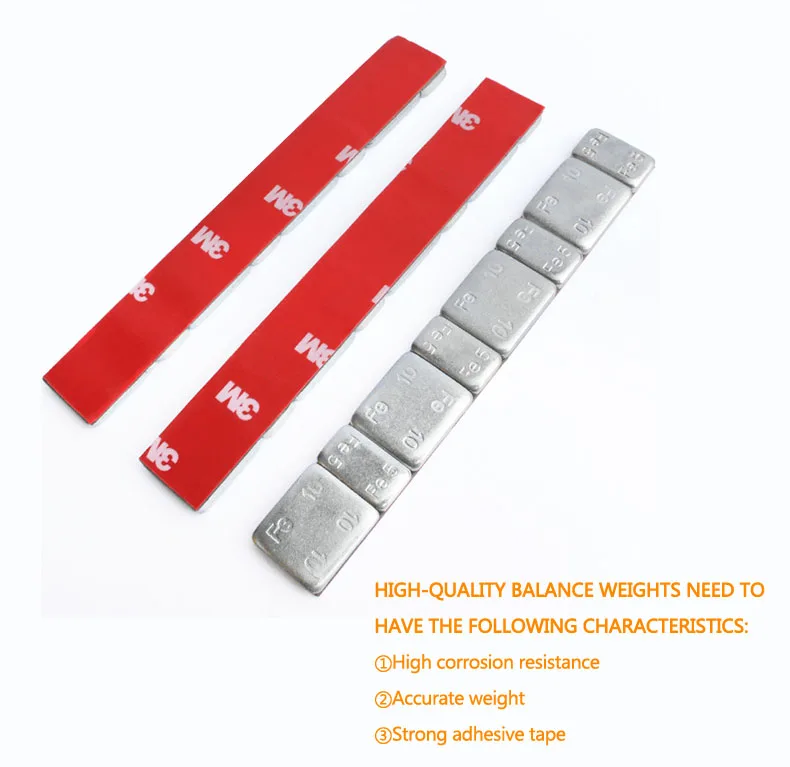
Wheel weight automation can feature standard steel segmented adhesive weights or continuous adhesive weights, made from composite materials, that are installed using robotic arms and large 300 to 400 pound rolls of product. Continuous adhesive weights are well-suited for automation and can be cut to the exact weight, within a fraction of a gram, necessary to balance a tire. However they are roughly two to three times more expensive than standard segmented steel adhesive weights.
There are several factors to consider when discussing the cost of wheel balance weights, according to Parker.
“Adhesive weights are typically lower in cost than clip-on weights for a few reasons,” he says. “Clip-on weights require more SKUs and are slightly harder to manufacture, which increase the cost. Adhesive weights are easier to manufacture and are higher output due to fewer SKUs, which help reduce the cost. However, adhesive weights and clip-on weights are all priced relative to their raw material (lead, zinc or steel) pricing, and both adhesive weights and clip-on weights have other factors like speed and efficiency to consider outside of cost when making decisions on what is right for the business.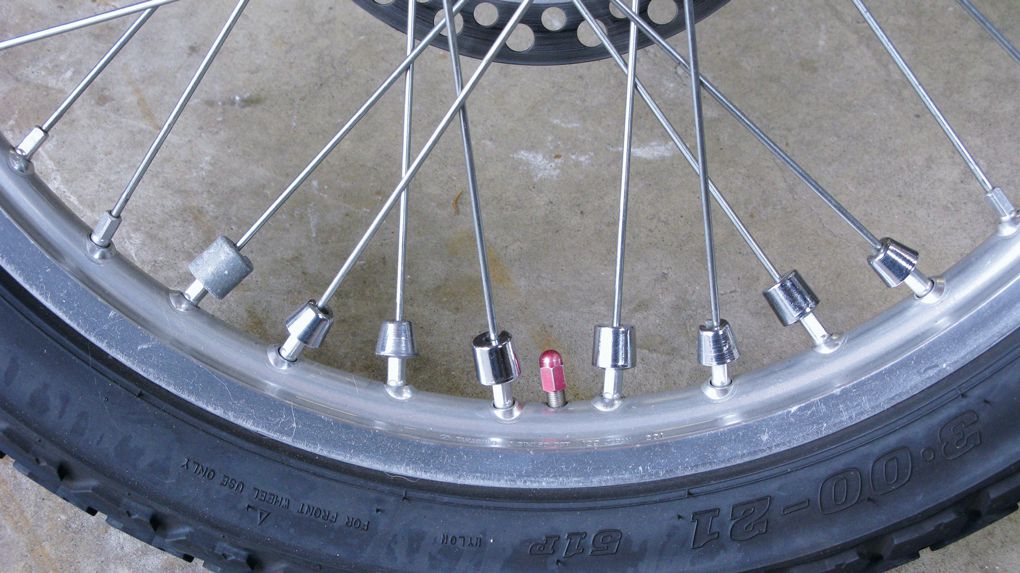 ”
”
More accuracy Is required
The popularity of flangeless alloy rims is also pushing the use of adhesive weights upwards. Consumers do not want to see a wheel weight on the outside of the wheel. A clip-on weight can be placed on the inside flange, but the only option for the outside plane is an adhesive weight. Technicians can balance the wheel using clip-on weights and adhesive weights, or two adhesive weights.
“When you get rid of that outer clip weight for cosmetic reasons, the weight planes, or the separation between the two weights, are narrower,” says Greg Meyer, wheel balancer product manager at Hunter Engineering Co. “The best placement would be at the extreme inside and outside of the wheel.” The farther apart the weights, the more “couple” force, or the side-to-side wobble of a rolling tire, can be counteracted.
“We’ve lost the outside and two or three more inches because the weight has to be behind the spokes. When those weight planes get closer together, the amount of weights that are required goes up and the precision with which they’re placed also has to go up,” he says.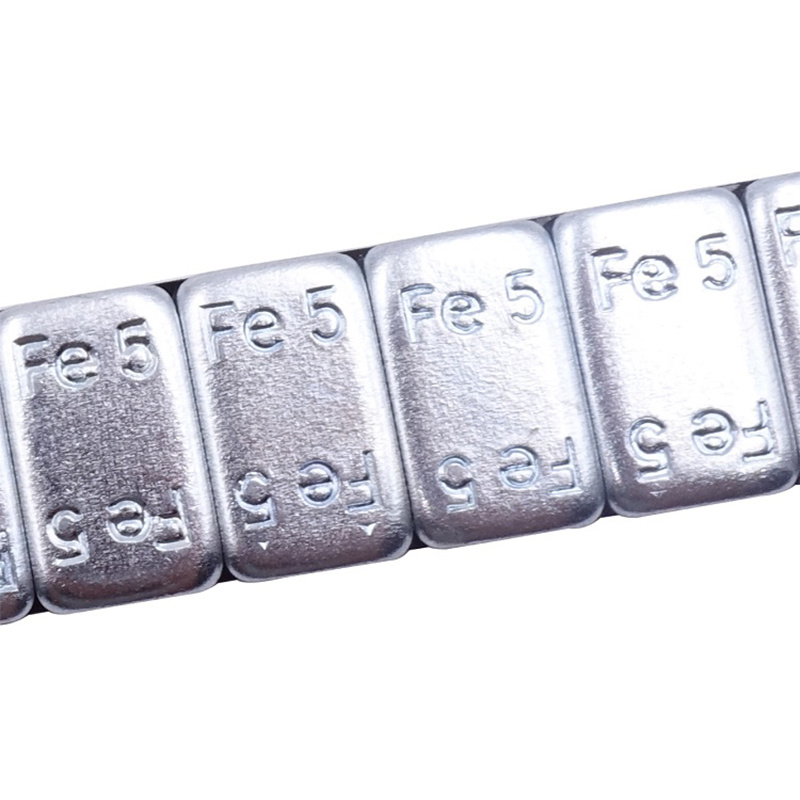
Adhesive weights require both the balancer and the technician to be more accurate. “He’s got to be more careful and more cautious or he runs the risk of having to peel them off and try again or doing a bad job and having an unhappy customer with a vibration complaint,” says Meyer.
One of the latest trends in custom wheels is extremely thin spokes that curve and blend into the barrel of the rim rather than stop at the barrel. The spoke style creates high and low spots in the rim, which complicates the balancing job for the technician. The design requires the weights to be placed just three or four inches apart.
“The weights would rapidly start getting very large and difficult to compensate for the imbalance,” says Meyer. “The trend is definitely there for the tire dealer and more so for the aftermarket people who are dealing with specialty custom rims. Sooner or later everyone is going to see some crazy example of this.”
Bigger wheels also create wheel weight challenges. Although bigger wheels should be easier to balance because they are wider and have larger diameters, consumers do not want to see the weights.
Although bigger wheels should be easier to balance because they are wider and have larger diameters, consumers do not want to see the weights.
“The reality is that bigger wheels are more appearance-focused. There’s almost never an outer weight installed on a wheel larger than 20 inches because the guy buying 20-inch wheels would never allow it,” says Meyer.
Balancers evolve
Balancers have become more helpful to technicians. Advancements enable a technician to place the correct amount of clip-on or adhesive weight exactly where needed.
Meyer says Hunter’s patented SmartWeight technology gives technicians the simplest solution with the least amount of weights that are fastest to apply. The speed and simplicity of placing wheel weights are side benefits of SmartWeight. The technology provides a better overall balance by focusing on the up and down static forces that are most likely to be felt by the driver while keeping the couple (wobble) forces in check, adds Meyer.
Hennessy Industries’ Vanderheyden suggests dealers consider advances in technology that make it easier and faster to install wheel weights when purchasing new equipment. Features such as the ability to lock the wheel in place, lasers to pinpoint the weight’s exact location and lighting to illuminate the barrel of the wheel are available on advanced models such as the Coats 1600 wheel balancer.
The additional technologies make the balancing process easier, faster and more accurate, which helps offset the time and steps required to install adhesives weights compared to clip-on weights. In order for an adhesive weight to stick to the wheel, the area where it will be attached must be cleaned with a solvent and dried first, which adds time to do correctly. Clip-on weights do not require the wheel to be cleaned and are much faster to install.
Cleanliness counts
Advancements in balancing equipment allow technicians to be faster and more efficient when installing clip-on and adhesive weights. Other efficiency improvements are coming from wheel weight packaging and inventory management, according to Parker. He notes tire stores are becoming aware of a cleanliness standard that is used in manufacturing settings called 5S. The 5S organization method is a process designed to keep the workplace in a clean condition.
Other efficiency improvements are coming from wheel weight packaging and inventory management, according to Parker. He notes tire stores are becoming aware of a cleanliness standard that is used in manufacturing settings called 5S. The 5S organization method is a process designed to keep the workplace in a clean condition.
“Tire retailers in the 21st century are understanding that high-level shop efficiencies are necessary in order to compete in today’s competitive landscape. Inventory management systems, faster reordering tools, and 5S cleanliness standards help technicians worker smarter, not harder,” he says.
Wegmann’s Hofmann Power Weight brand has developed a racking system for wheel weight inventories that allows technicians to get to the product faster.
“We are introducing our Hofmann Power Weight SpeedRack, which delivers a wheel weight inventory solution that holds all the inventory in the shop, features front opening boxes to ensure a clean receptacle every time a new box is opened, and front mounted bar codes to make Warehouse Management System reordering easier,” says Parker.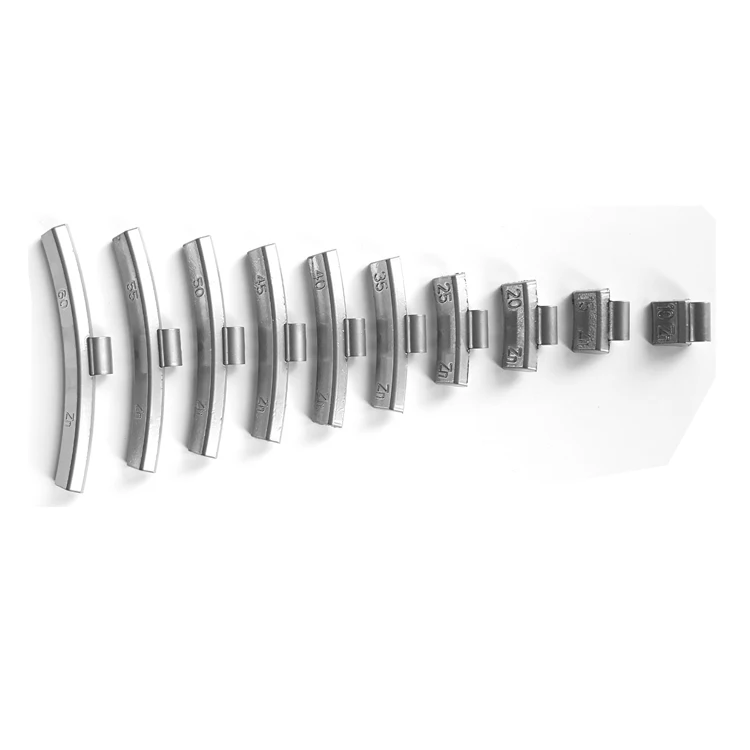 “It is no longer just about the weight, as suppliers must also enhance the offering surrounding the product itself.”
“It is no longer just about the weight, as suppliers must also enhance the offering surrounding the product itself.”
Ninth state bans lead
The use of lead wheel weights has been banned by nine states. The latest ban was passed by New Jersey in January 2018. The other states are Washington, Maryland, California, Illinois, Maine, Vermont, Minnesota and New York. Sources of lead-free wheel weight alternatives like zinc and steel include the Bada, Perfect Equipment, Plombco and Hoffman Power Weight brands. Plombco also offers a steel core wheel weight encased in a plastic shell called Plasteel. ■
Adhesive, they are also self-adhesive weights - these are weights that are installed on the wheel using adhesive tape applied directly to them. Such balancing weights are mainly used for light alloy wheels, since during installation they do not spoil the coating of the disk and its appearance.
The first point that they pay attention to when buying is scotch tape.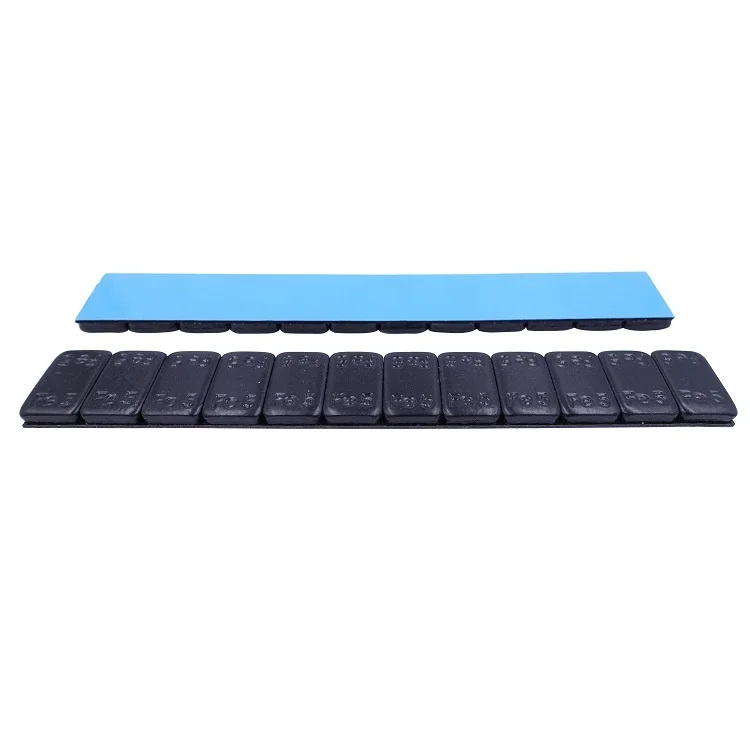 The quality of the tape determines how strong the bond between the metal and the adhesive base will be. To tear off a high-quality adhesive tape, it is necessary to apply a minimum force of 150 kPa, and to move it - no less than 3.0 kgf / cm2.
The quality of the tape determines how strong the bond between the metal and the adhesive base will be. To tear off a high-quality adhesive tape, it is necessary to apply a minimum force of 150 kPa, and to move it - no less than 3.0 kgf / cm2.
Indirectly, the quality of adhesive tape can be judged by the color of the protective film. Italian and other European manufacturers use a blue protective film. Many buyers opt for more expensive balancing weights with adhesive tape, such as Norton or St. Global.
But Chinese manufacturers who have learned how to make replicas for anything and everything can easily make a protective film in any color. So you should take a closer look at the manufacturer of adhesive tape for balancing weights. Every brand that cares about its reputation will not use cheap tape, so as not to lose reputation and customers.
On the other hand, representatives of handicraft production will not spend money on expensive consumables and will use tape of uncertain quality.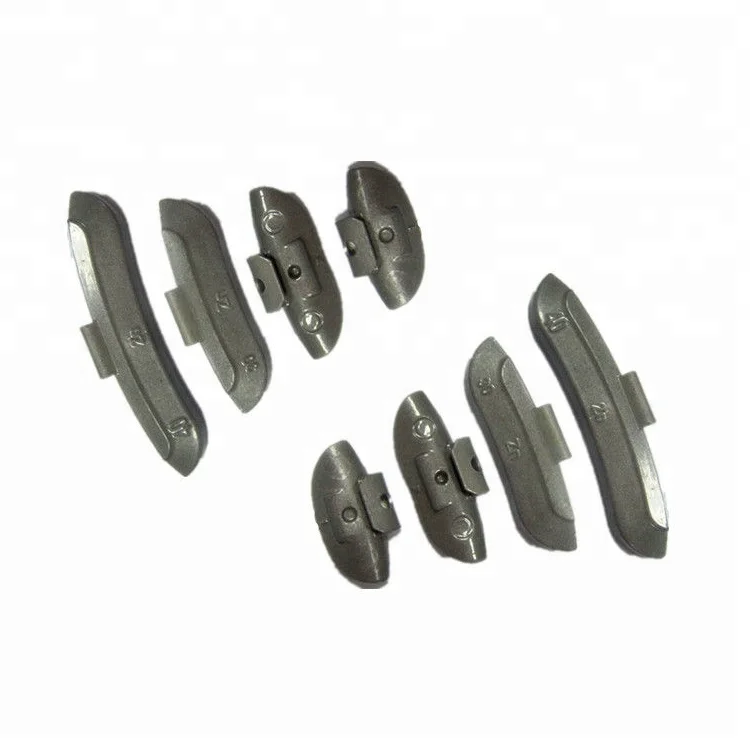
When comparing balance weights, it can be seen that the peel and shear forces of the factory adhesive weights are 2.5 times greater than those of similar home-made weights. When balancing in the cold season, the use of cheap Chinese tape on weights will be a real headache for the masters who directly carry out the balancing.
For drivers, this threatens with frequent visits to the service station, especially after washing or driving at high speed for a long time, when the weights are knocked down by water pressure or come off by centrifugal force.
The second consideration when choosing self-adhesive balancing weights is their direct weight. Weighing the original copies of eminent manufacturers, you can see that the error in their weight is 1%, which is the norm. According to GOST, a deviation in the weight of the cargo within 5% is allowed.
Cheap tape coupled with underweight in the manufacture of a balancing weight made from expensive lead allows handicraft shops to profit, but in the end it hits the pocket of the driver who receives a low-quality wheel balancing service.
To install the adhesive weight on the disc, it is necessary to clean and degrease the place of its placement. In the cold season, weights must be stored in a certain temperature regime, not lower than +15 degrees Celsius.
When balancing using self-adhesive consumables in winter, be sure to allow the rim to warm up to room temperature. Otherwise, the disk will be covered with condensate, as a result of which the weight will stick poorly. If there is no time to gradually warm up the disk, the weight installation site should be heated locally.
Following these simple rules will allow the driver to avoid problems with self-adhesive weights and reduce the number of unscheduled visits to the tire shop.
for rebalancing.
Maxim Stroker
Many car owners have heard about the standard tricks of tire fitters used to “divorce” the client for extra money. A set of such tools is, in general, standard: the requirement for an additional fee for "removing and installing a wheel", "you have a crooked disk, it is not balanced, let's straighten it out for you for a fee", "you have old nipples, let's replace", "at tire pressure sensors cost you, it’s more difficult to overboard with them, pay extra, ”and so on.
A set of such tools is, in general, standard: the requirement for an additional fee for "removing and installing a wheel", "you have a crooked disk, it is not balanced, let's straighten it out for you for a fee", "you have old nipples, let's replace", "at tire pressure sensors cost you, it’s more difficult to overboard with them, pay extra, ”and so on.
But in this case, this is not about this, but about the methods and methods of the tire changer's work when changing tires, which usually none of the car owners pay attention to in vain. Such tricks stem from the desire of the owner of the tire shop to save money, as they say, “on matches”. At the same time, the owner of the car will have to pay in full for the penny benefit of the "businessman".
Often, especially during periods of mass “re-shoeing” in spring and autumn, when queues of suffering motorists line up in front of tire fitting stations, instead of new “stuffed” lead balancing weights, workers use old ones that have just been removed from the wheels of other cars.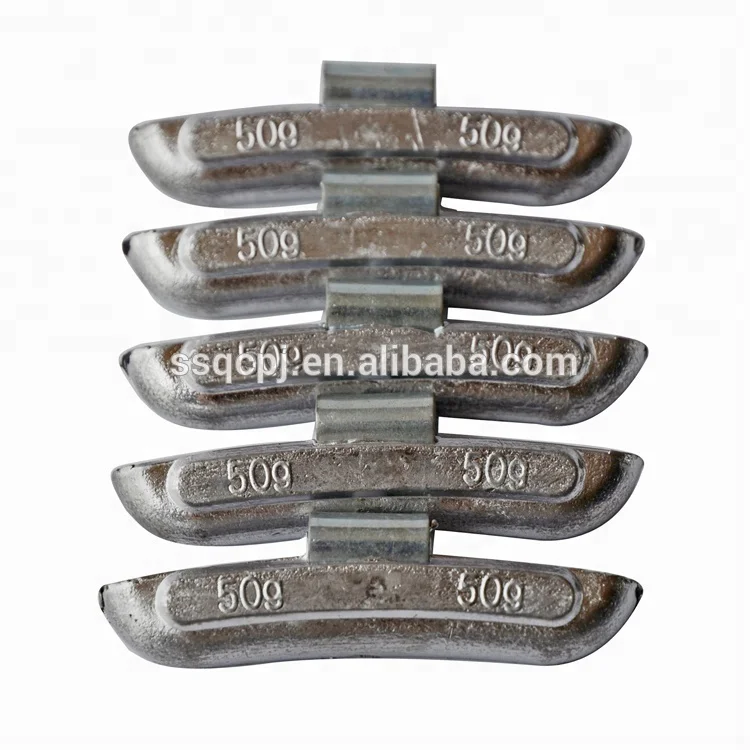 Like, what's wrong - the weight is the same, and it's holding up fine! It seems to be ... In fact, the used "lead" with weight and shape, most likely, is far from being as good as the new weight. But most importantly, the metal bracket holding it on the disk is already deformed and cannot provide 100% strength.
Like, what's wrong - the weight is the same, and it's holding up fine! It seems to be ... In fact, the used "lead" with weight and shape, most likely, is far from being as good as the new weight. But most importantly, the metal bracket holding it on the disk is already deformed and cannot provide 100% strength.
In other words, a second-use balance weight may soon fall off, forcing the car owner to re-tire the wheel. But things are even more interesting with weights that are not stuffed onto the disk, but are glued to it. The fact is that in some places "in Europe" environmentalists got so mad at the lead used in tire fitting that the authorities decided to use zinc instead of this metal. Also, by the way, an extremely “healthy” and environmentally friendly option. But this is not about this, but about the fact that zinc is now expensive, and smart Chinese have got the hang of supplying balancing weights made of ... simple steel to the market.
At first glance, this solution is much cheaper than both lead and zinc.